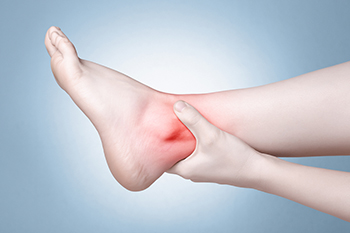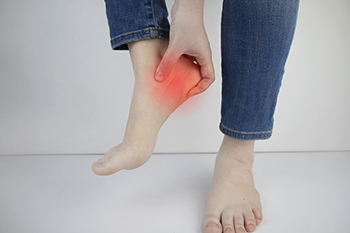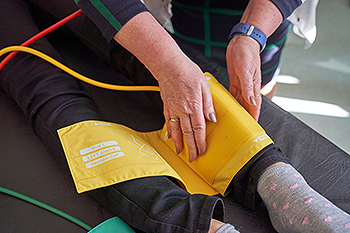
Pregnancy often brings with it a range of physical changes, including the potential for foot pain. To navigate this discomfort, adopting tailored strategies becomes paramount. Elevated hormone levels and the added weight of the growing uterus can contribute to foot swelling and pain. Choosing comfortable, supportive footwear with ample space for expanding feet is essential. Regular elevation of the feet, especially after prolonged periods of standing or walking, helps alleviate swelling. Engaging in gentle foot exercises and stretches can enhance flexibility and reduce tension. Adequate hydration is essential in maintaining fluid balance and preventing excessive swelling. If foot pain persists, consulting a podiatrist ensures a comprehensive assessment and personalized recommendations. The feet can undergo numerous changes during pregnancy, and it is suggested that you consult a podiatrist who can guide you toward relief methods.
Pregnant women with swollen feet can be treated with a variety of different methods that are readily available. For more information about other cures for swollen feet during pregnancy, consult with one of our podiatrists from Graff Foot, Ankle and Wound Care. Our doctors will attend to all of your foot and ankle needs.
What Foot Problems Can Arise During Pregnancy?
One problem that can occur is overpronation, which occurs when the arch of the foot flattens and tends to roll inward. This can cause pain and discomfort in your heels while you’re walking or even just standing up, trying to support your baby.
Another problem is edema, or swelling in the extremities. This often affects the feet during pregnancy but tends to occur in the later stages.
How Can I Keep My Feet Healthy During Pregnancy?
- Wearing orthotics can provide extra support for the feet and help distribute weight evenly
- Minimize the amount of time spent walking barefoot
- Wear shoes with good arch support
- Wear shoes that allow for good circulation to the feet
- Elevate feet if you experience swelling
- Massage your feet
- Get regular, light exercise, such as walking, to promote blood circulation to the feet
If you have any questions please feel free to contact our offices located in Plano, Dallas, Prosper, Allen, Irving, Garland, Frisco, and Coppell, TX . We offer the newest diagnostic and treatment technologies for all your foot and ankle needs.





